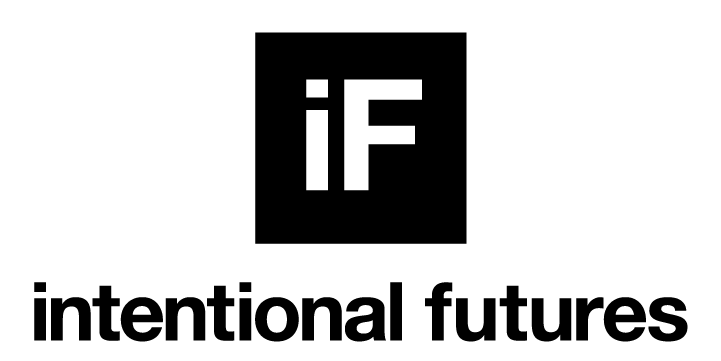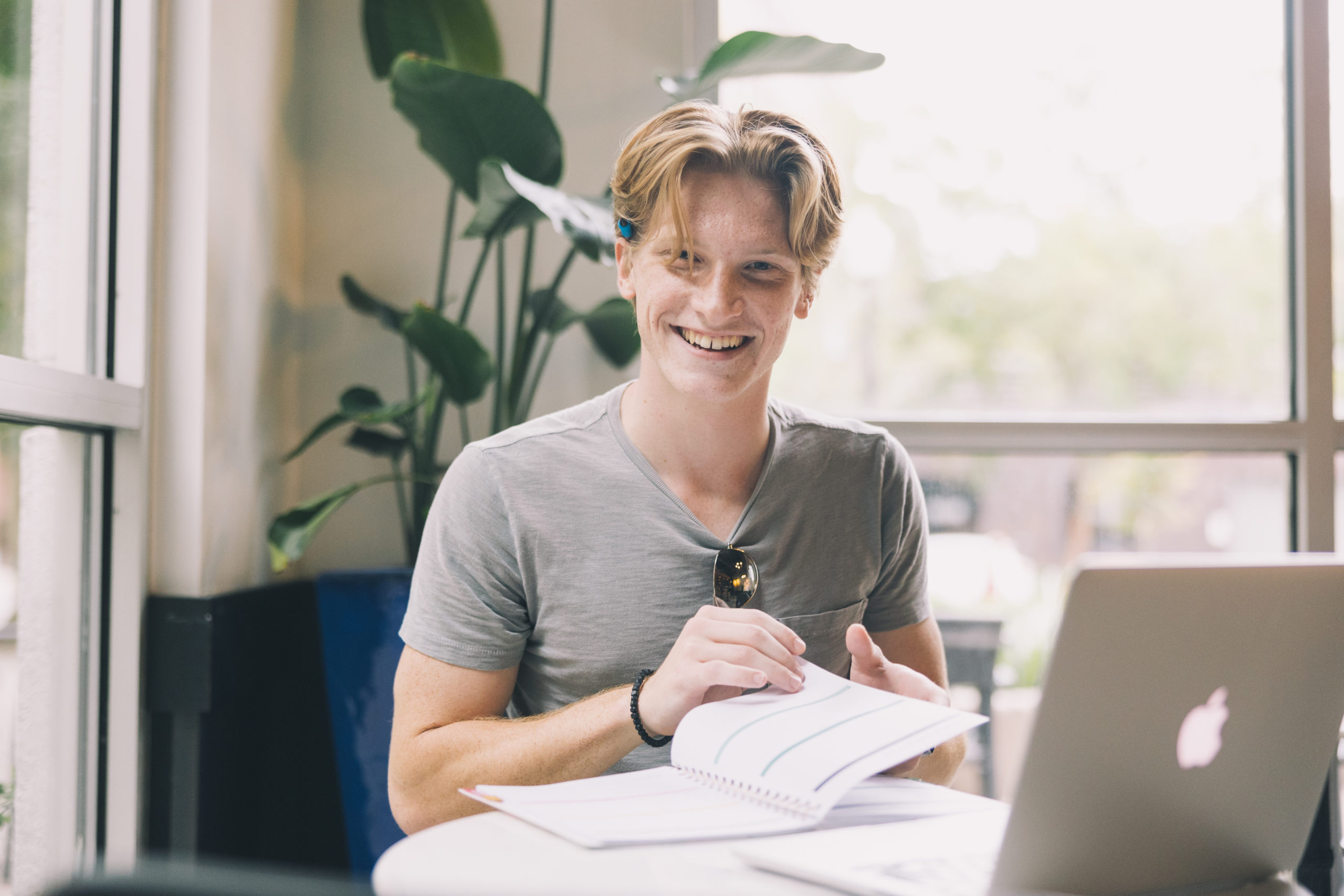At the inauguration of the Every Learner Everywhere Fellowship in spring 2021, the project managers wanted to ensure that the Fellows and the project partners understood the “big picture” of the program — how each week’s activities contributed to the end goal, for example. For the program to succeed, clarity would be essential.
The fellowship program’s project managers at Intentional Futures (Every Learner Everywhere’s network partner) are Postsecondary Education Lead Tia Holiday and Social Impact Strategist Tynan Gable. They realized they needed not only a detailed schedule, but one that communicated the logical relationship between the program’s objectives, each of its activities, and the Fellows’ projects, from start to finish.
To do this, however, Gable and Holiday turned to a design methodology that reverses the perspective from finish to start — backward design.
What is backward design?
Gable describes backward design as starting with the outcome you want and then mapping backward from there, through each preceding step, to the beginning. “It’s reversing the order of planning to determine the most effective course of action to take in order to achieve your end goal,” she explains.
For example, the first instinct of a project manager embarking on a new initiative or a college instructor preparing for the next term might be to ask what should be done first. Backward design, however, encourages planners to start by defining a successful outcome or end state, then defining what must happen prior to that, all in reverse order.
The Fellows were contributing 120 hours to the project while managing their college coursework, jobs, and family responsibilities. Gable and Holiday received feedback from them early on that they wanted more clarity and direction about their projects, so they conferred with each of the partner organizations where the Fellows would be collaborating.
“We worked to figure out the end goal,” Gable explains. “Is it a deliverable, a presentation, a learning outcome? Whatever it is, we worked together to define it exactly and then worked backward to define a mini objective each month. Then for each one of those objectives, we mapped the activities in that month to achieve the mini objectives that build up to the long-term objectives. It forces the thinking of ‘We want to do this, so we need to do that first.’ Taking steps backward ensures you identify dependencies and the most appropriate sequence of actions that need to happen, as well as the resources that may be required at each stage.”
Reducing inequities with backward design
Without a thoughtful design approach, project leaders run the risk of developing a plan without a clear end goal. In a college course, that potentially introduces or reinforces inequities for students who are racially minoritized or affected by poverty. By centering the intended goal, backward design can illuminate barriers to equity so they can be addressed.
For example, Holiday says it’s not uncommon for educators planning the academic term to default to familiar activities that require students to have computers capable of running a specific platform or software. Without a design methodology, educators and program leaders may not observe the mismatch between goals and the resources students actually have.
When the gap is observed, it tends to be interpreted as a problem with the student rather than one imposed on them by the course or the program. This often leads to the student being penalized by the institution.
Conversely, backward design requires educators to identify areas where students might need extra resources or support with technology tools. “It forces faculty members to have conversations around the physical tools, resources, or time students will need to be successful,” she adds. “With the fellowship program, it forced us to iterate during the planning stage and to proactively identify ways to provide resources the Fellows may need.”
Gable says backward design offers an opportunity to include the people you’re working with to co-design the goal and the process to achieve that goal. In the case of the fellowship program, backward design gave her and Holiday a better understanding of what the Fellows wanted to achieve with their projects, the learning objectives they wanted to aspire toward, and how the projects could best align with their career goals.
“Crafting projects that can contribute directly to learning objectives and career goals best serves them, which is the whole point of the program in the first place,” Gable adds. “If you’re defining the end goal, co-creating it with members of the community that you’re serving — in our case with the Fellows — then when you backward plan from there, everything is intentionally crafted to contribute to what that community actually needs and wants most.”
Download the Backward Design Workbook


